Email marketing is a complex field, and marketers have access to more statistics than ever in 2021. While staying informed is obviously crucial to your campaigns’ success, information overload can make it difficult to identify the most relevant metrics.
In this article, we’ll take a look at 5 of the most important metrics for email marketers to keep in mind throughout 2021 and beyond. Even though other stats can be highly informative in the right context, these numbers will provide an excellent foundation for future campaigns.
1. Spam Rate
Metrics like open rate and click-through rate are always relevant, but subscribers can’t open or click on your message if they never receive it. Spam rate refers to the percentage of users who didn’t receive a given message because their spam filter removed it.
Delivering a message is the first step toward conversion, so a high spam rate can derail even the most sophisticated campaigns. Every email that ends up in the spam folder represents a missed opportunity for traffic and sales. Eliminating these messages may not be a realistic goal, but you should always be trying to minimize them.
Email service providers use a variety of criteria to determine whether an email is deliverable. For example, if you continue sending emails to inactive users, you could be flagged for sending irrelevant content, especially if you have a low open rate.
Open rate seen better days? Check out the 5 #emailmarketing #metrics to pay attention to throughout 2021 on the @RedBranch blog: Share on XRegularly cleaning up your email list is the simplest way to avoid a high spam rate and improve overall email deliverability. Removing disengaged users will reduce the size of your list, but it will improve your spam rate and the overall quality of the list. Make sure to give subscribers a chance to opt back in before you disconnect entirely.
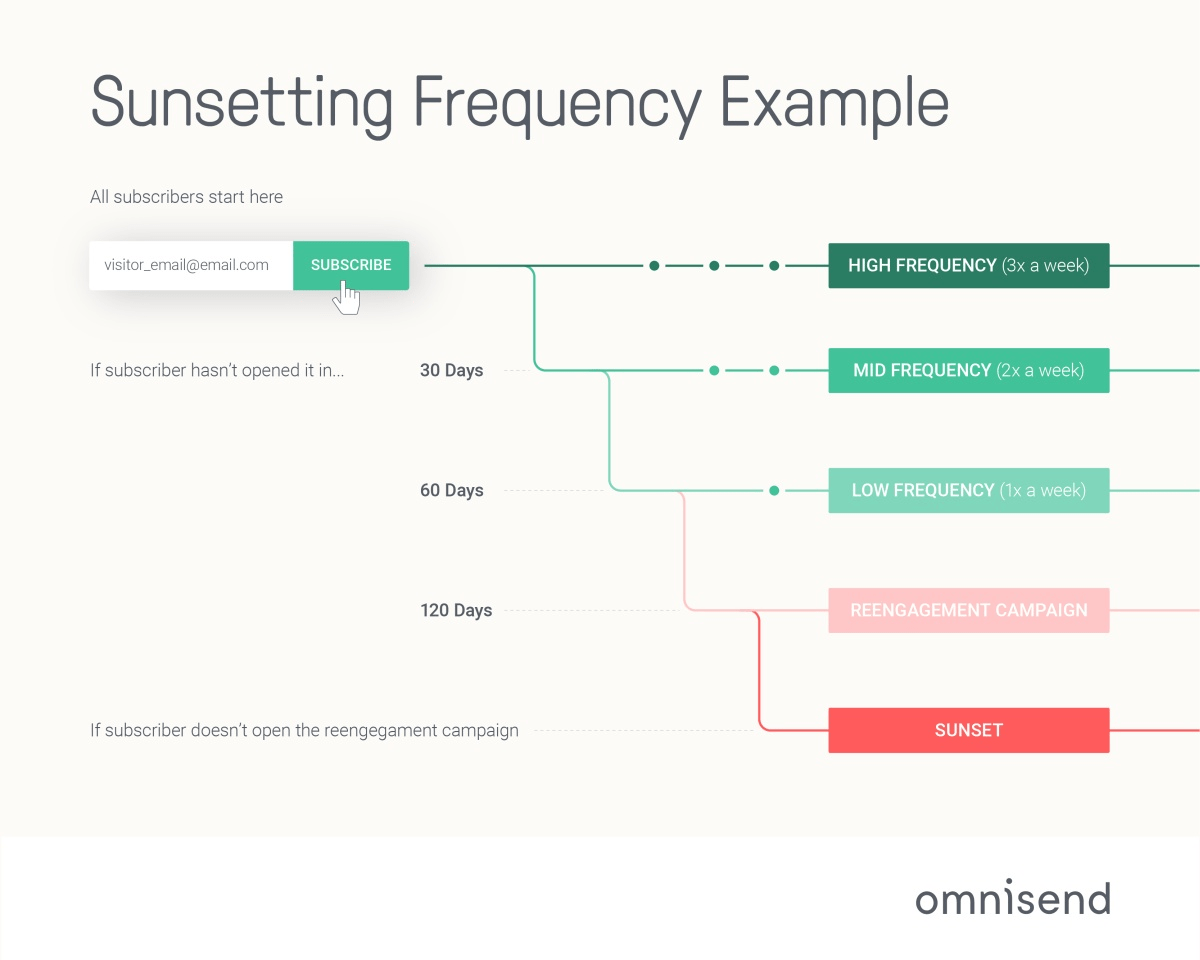
2. Unsubscribe Rate
Increasing your subscriber count is usually a good thing, but that doesn’t mean unsubscribes are always bad. In most cases, users who unsubscribe from your newsletter are cleaning up your email list for you—if they aren’t interested in your messages anyway, it’s better to get them off your list rather than letting them drag down your open rate.
For this reason, it’s critical to make it easy for users to unsubscribe when they lose interest. This might make your unsubscribe rate look worse on paper, but it will have a positive impact on list health.
On the other hand, a high unsubscribe count is often evidence of issues with your content strategy. You might be sending emails too often or sending generic messages that don’t offer anything valuable.
Rather than changing your overall approach, it’s sometimes better to personalize your campaigns by offering the right content for each subscriber to be engaged. For example, you could let them select how often they want to receive emails. Some brands let subscribers opt into or out of specific types of content.
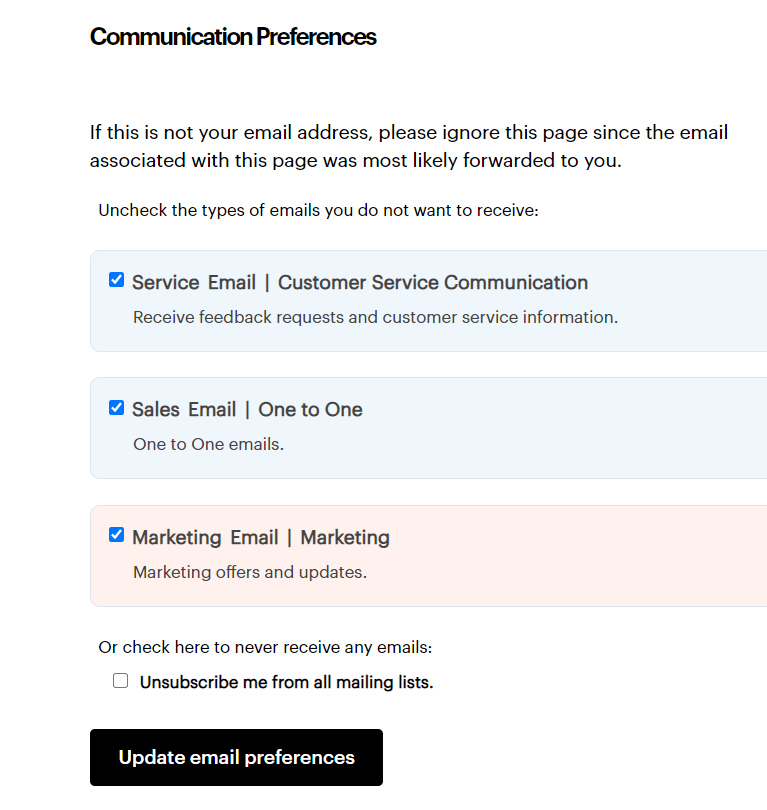
Another effective strategy involves gathering customer data early on and using that information to segment future campaigns. If a user joins your list after checking out a certain product, you could target them later on if the item goes on sale.
3. Bounce Rate
Most emails that don’t reach the recipient are found in the spam folder, but a small percentage of messages are also bounced. Unlike messages that are simply filtered into spam, bounced emails never get to the mailbox at all. You’ll generally receive a notification when an email is bounced—different providers use different terms such as “Non-delivery Report” or “Delivery Status Notification.”
Every bounce hurts your email deliverability, but that doesn’t mean they’re all the same. Hard bounces occur when you send a message to an inactive email account—there could be a typo in the address, for example, or the user may have deactivated their account since subscribing.
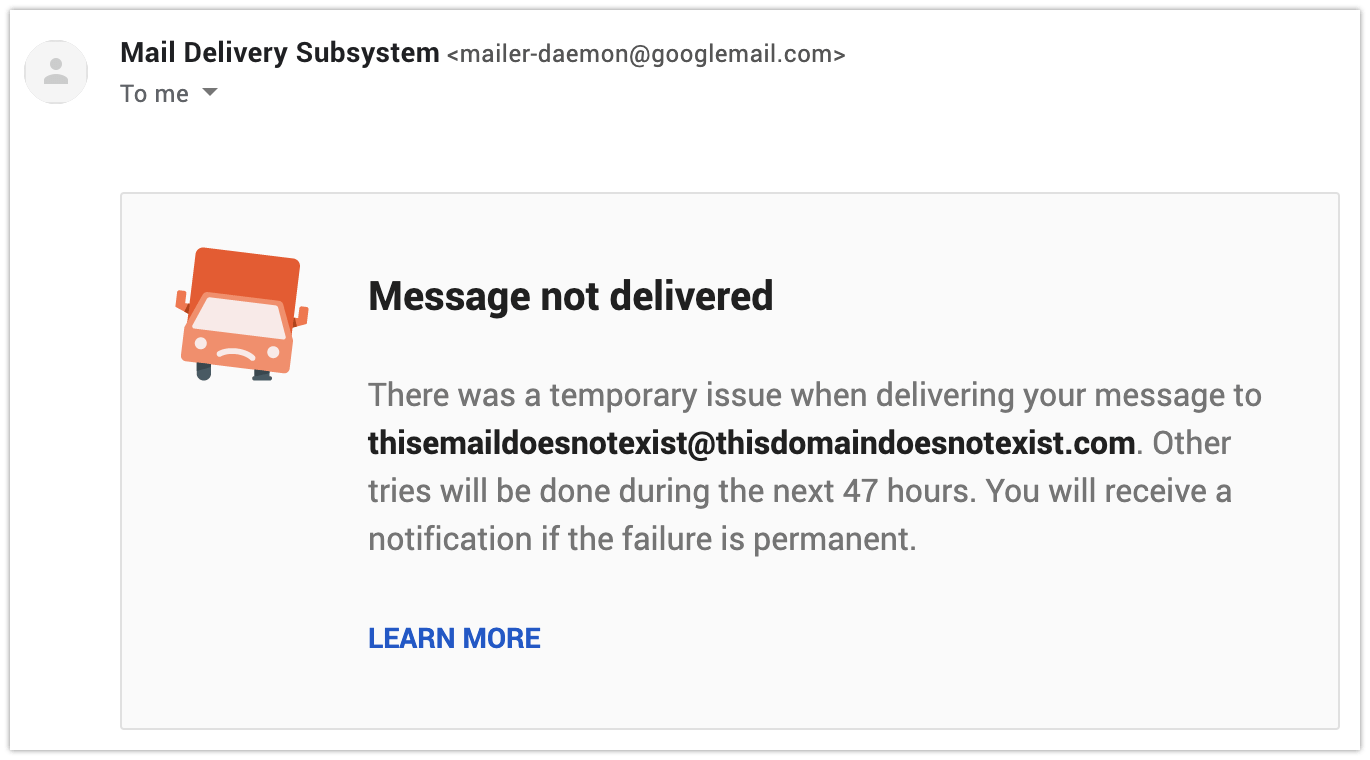
On the other hand, a soft bounce indicates that the mailbox is still active. In this case, the recipient may not have room in their storage, or the message itself may be larger than the provider’s email size limit.
Some email marketing platforms do things automatically, like removing bounced emails from the list. A soft bounce is technically temporary, but getting soft bounces multiple times from the same address isn’t a good sign. If you run your campaigns manually, you’ll need to go through your email list on your own to remove inactive subscribers.
4. Open Rate
Assuming an email reaches the inbox, your first goal is getting readers to open that email. Just as increasing your email deliverability gives more subscribers a chance to open the message, increasing the open rate increases the pool of readers who will have a chance to take more actions—for example, visiting your site or making a purchase.
As with email marketing metrics, there isn’t a single “right” way to approach a low open rate. Different audiences respond to different tactics, so what works for one set of readers may not resonate for another. That said, a few elements of each email are visible before the message is opened: typically the sender name, subject line, and the beginning of the body.

With that in mind, these areas should be top priorities if you’re concerned about your open rate. A/B testing can be highly effective in this case. For example, you could try making the sender’s name more personal by including the name of someone on your marketing team. A short A/B test will provide immediate insight into the success of each variant.
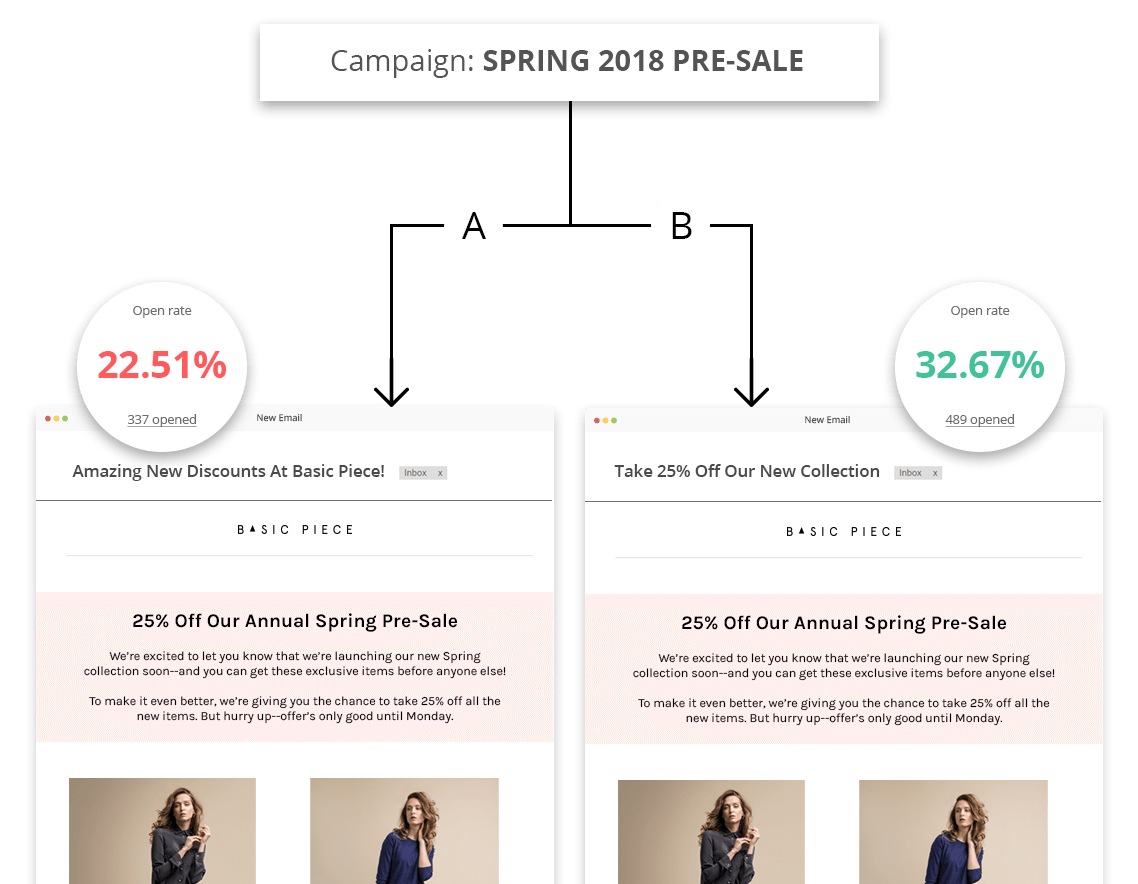
Similarly, better subject lines should be short and to the point. If you’re running a promotion for 10 percent off, make sure to highlight that discount in the subject line. On the other hand, try to avoid language that makes the message look like generic spam—writing in all caps, using too many exclamation points, or using sales-focused phrases like “don’t miss out” and “unmatched savings” will only turn readers away.
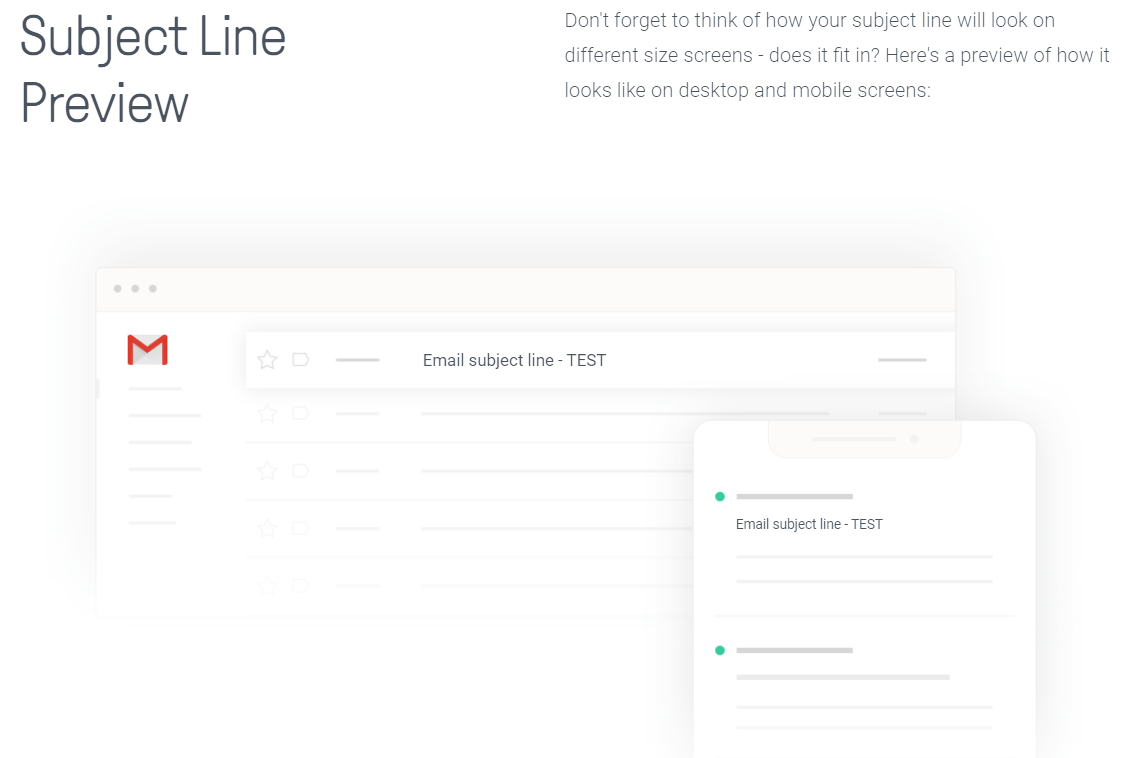
5. Conversion Rate
The other metrics on this list are important, but your campaigns’ success ultimately depends on conversions.
For example:
You sent a campaign to 10 000 your subscribers. This campaign generated 20 orders.
20/10 000 * 100 = 0.20% (this is your conversion rate)
A low conversion rate can be traced back to a variety of causes. For example, if only 50 percent of your emails reach an inbox, simply bringing your deliverability up to 75 percent could increase your sales by half.
In other words, your overall conversion rate will gradually increase as you address weak points at each stage of the sales cycle. That said, improving your calls to action can have an immediate effect on conversions. Each email should have a clear CTA that entices the reader to learn more.
Keep in mind that conversions are closely tied to your total return on investment. You can multiply conversions by your average profit margin to calculate the overall revenue of a given campaign. Dividing that number by the cost of the campaign will produce your marketing ROI.
Contemporary email marketing platforms offer a wide range of statistics, but these five numbers provide crucial insights into your overall performance. Keeping track of these critical metrics will help you identify your weaknesses and make the right changes.
By Guest Author: Laura Cerbauske:
Laura Cerbauske is an experienced digital marketing and SEO specialist at Omnisend – Ecommerce Marketing Automation platform. When not blogging, she likes to read about SEO, digital marketing and eCommerce trends, technology, and personal productivity. Follow on Linkedin




